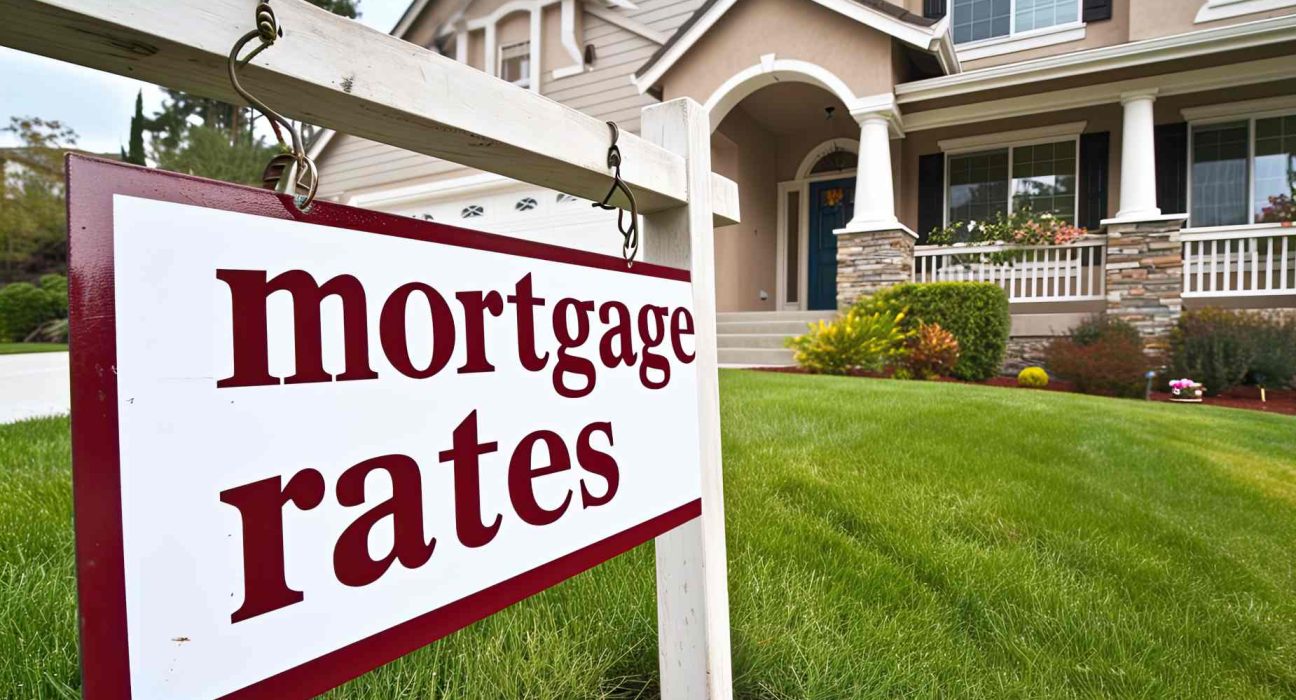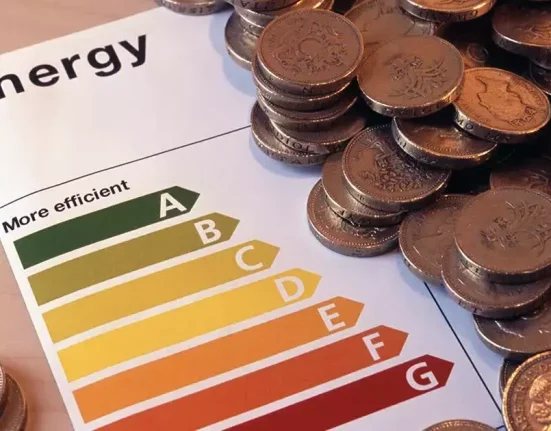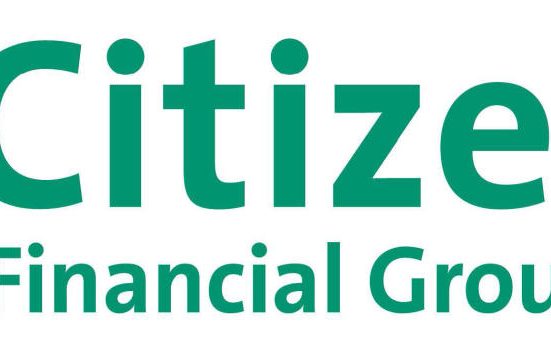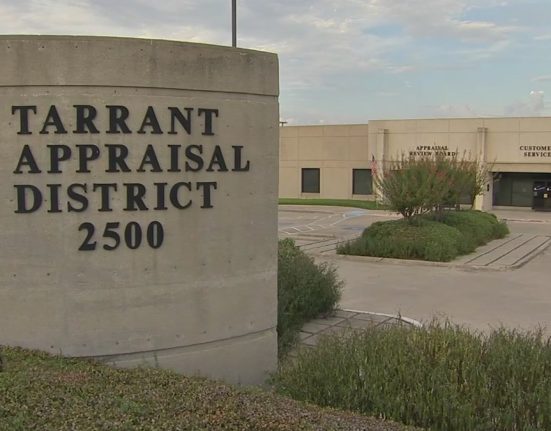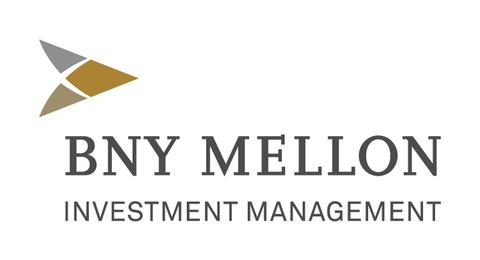Mortgage Rates have experienced a lot of up and downs over the last few years. Hitting a record low during the pandemic when house prices were sky high, the trend has somewhat reversed and ever since last summer, the Fed has consistently kept the federal funds rate at 5.25% to 5.5% making borrowing a lot more expensive.
Although the rates fluctuate daily, they have been between 6.5% and 7.5% since late last fall affecting potential homebuyers, who now can afford cheaper properties. When combined with a very limited offer and stagnant wages, the market has begun to move a lot slower.
Mortgage Rates predictions in the new year
With experts predicting rates closer to 6% at the end of the year, there is hope in the horizon, but it all hinges on the Fed cutting interest rates, a move predicted to take place after the summer. But rates are affected by many factors, supply, demand, inflation, monetary policy and jobs data, and so we are unlikely to see 2% rates any time soon.
Daryl Fairweather, chief economist at Redfin is clear in his predictions “We are expecting mortgage rates to fall to around 6.5% by the end of this year, but there’s still a lot of volatility I think we might see,”
Considering the volatility of the economic situation nowadays, there are many factors we need to look at to discern whether or not the rates are favorable to us.
- Federal Reserve monetary policy. While it does not set interest rates, its policies and adjustments of federal funds rates swing mortgage rates in the same direction.
- Infation. High inflation leads to high mortgage rates as lenders increase the interest rates to compensate for the loss of purchasing power.
- The bond market. Treasury bonds tend to be used as benchmarks to set interest rates, so when their yields rise, mortgage rates typically increase.
- Geopolitical events. As we have seen recently, pandemics, elections, pirates attacking gas shipments, etc., can all affect mortgage rates as uncertainty in global financial markets translates into local economy impacts.
Odeta Kushi, deputy chief economist at First American Financial Corporation contributes to the discussion stating. “Ongoing inflation deceleration, a slowing economy and even geopolitical uncertainty can contribute to lower mortgage rates. On the other hand, data that signals upside risk to inflation may result in higher rates,”.
But not all mortgages are created equal, current interest rates aside, picking the correct mortgage for you and your needs is a complex process that needs to be thoroughly evaluated.
The most common mortgage types are:
- 30-year fixed-rate mortgages. Now at an impressive height of 7.01%, it is the most common. The interest is higher than the other options, but the monthly payments do come in lower.
- 15-year fixed-rate mortgages. Now at 6.46%, it could allow you to pay off your mortgage sooner and with less interest, but monthly payments will be a lot higher and paying it down could prove harder.
- 5/1 adjustable-rate mortgages. Averaging at 6.33%, rates will be lower for the first five years, but after that you will still be at the mercy of the market. If you plan on refinancing or moving on in those five years, it could be a good option.
So, what can we do to help us get the best rates? Well, given that the market won’t be unaffordable forever, there are many steps we can take to ensure that when the time is right we will be ready too.
- Begin saving for a bigger down payment. The 20% minimum recommended is a good place to start, but the more you can save upfront, the less you will have to borrow, helping you save in interests in the future. Plus, with the money in a high yielding account that you contribute to every month could help get you there faster.
- Clean up your credit. A better credit score will get you better rates. So, pay your credit cards on time and look for ways to improve your credit score.
- Pay your debts. Temporary debt is a tool, but an excessive amount is a risk, so get your debt under 36% of your income in time to apply for a mortgage to get a better rate.
- Do your research on loans and assistance you may qualify for. Government-sponsored loans or private programs to help with downpayments and closing costs are a thing and you may qualify, so start gathering paperwork now before it’s too late. Also research your lender, conditions may vary and getting multiple offers can help you compare and get a better rate.

